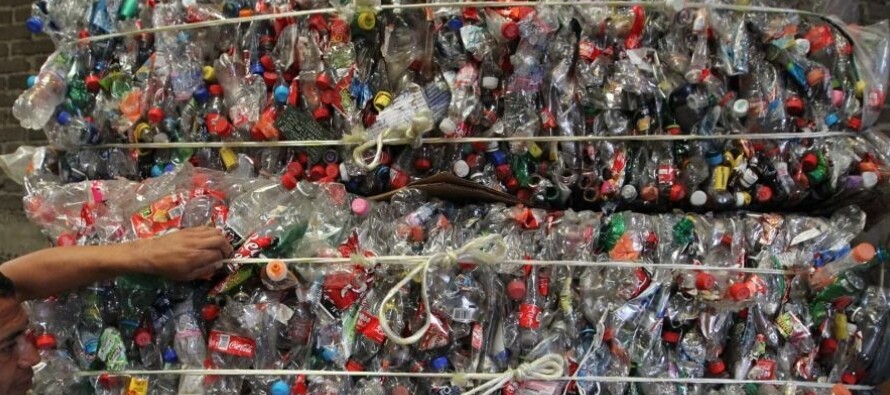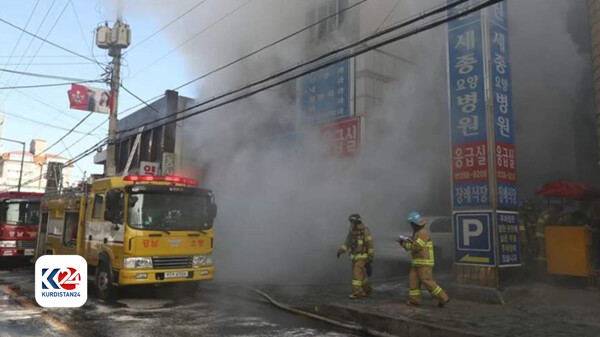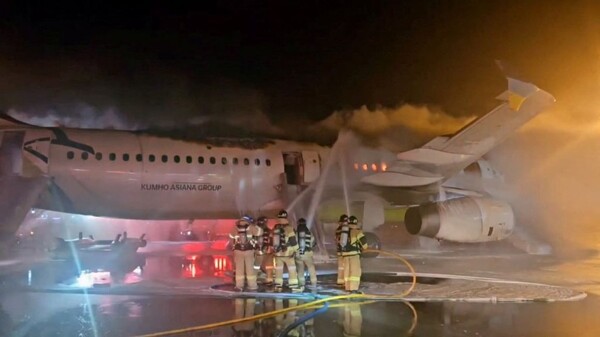
A modeling study suggests that globally mismanaged plastic waste could double by the year 2050. The research also indicates that the implementation of certain policies could drastically reduce the amount of plastic waste and associated emissions.
According to the research team, without significant interventions, it is estimated that the amount of mismanaged plastic waste would reach 121 million metric tons annually by 2050, equivalent to covering Manhattan with a pile of plastic ten times higher than the Empire State Building.
Additionally, greenhouse gas emissions related to plastic are projected to increase by 37% by 2050 compared to current levels. This amounts to 3.35 gigatons of carbon dioxide equivalent.
Emphasizing the importance of ambition in environmental policies, scientists indicate that a more rigorous approach could nearly eliminate plastic pollution, which poses a threat to terrestrial and marine ecosystems and, consequently, to human health.
Degraded plastic turns into microplastics and nanoplastics that negatively impact ecosystems globally and endanger human health, increasing the risk of diseases such as cancer, cardiovascular conditions, and reproductive problems.
The study, led by researchers from the University of California, Berkeley, and the University of California, Santa Barbara, has been published in the journal Science ahead of the negotiations taking place in Busan, South Korea, where the final details of the first "legally binding" international treaty on plastic pollution are expected to be consolidated.
The scientists have developed an artificial intelligence model to predict future trends in the production, trade, and management of plastic waste globally until the year 2050.














